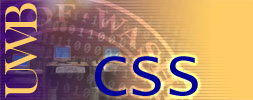
 |
|
Time and Space Efficient Pose Clustering
Clark F. Olson In Proceedings of the IEEE Conference on Computer Vision and Pattern Recognition, pages 251-258, 1994. Download (253 K) This paper shows that the pose clustering method of object recognition can be decomposed into small subproblems without loss of accuracy. Randomization can then be used to limit the number of subproblems that need to be examined to achieve accurate recognition. These techniques are used to decrease the computational complexity of pose clustering. The clustering step is formulated as an efficient tree search of the pose space. This method requires little memory since not many poses are clustered at a time. Analysis shows that pose clustering is not inherently more sensitive to noise than other methods of generating hypotheses. Finally, experiments on real and synthetic data are presented. |